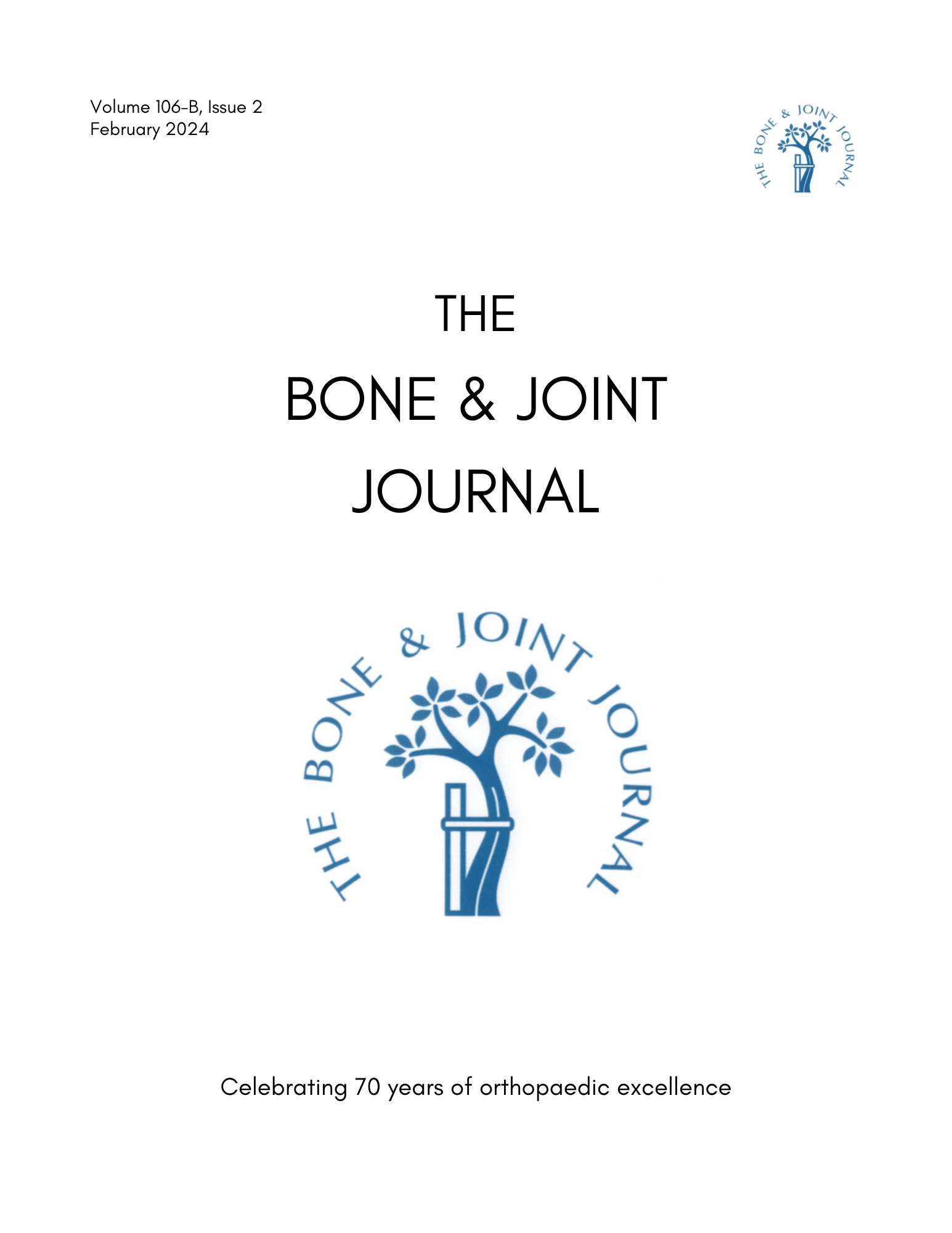
Bicruciate-stabilised total knee replacements produce better sagittal plane kinematics .
This report has been verified
by one or more authors of the
original publication.
Bicruciate-stabilised total knee replacements produce more normal sagittal plane kinematics than posterior-stabilised designs
Journal of Bone and Joint Surgery British; 2011; 93(B); 907-91328 elderly patients with osteoarthritis (OA) were randomized to receive either bicruciate total knee replacement (TKR) or posterior-stabilized TKR. The results of the 7-week trial indicated that patients who received the bicruciate TKR displayed higher mean patellar tendom angles, and thus better knee kinematics, in comparison to individuals who received posterior-stabilized TKR. It was also found that both interventions resulted in increased flexion and extension, in comparison to control.
Unlock the Full ACE Report
You have access to 4 more FREE articles this month.
Click below to unlock and view this ACE Reports
Unlock Now
Critical appraisals of the latest, high-impact randomized controlled trials and systematic reviews in orthopaedics
Access to OrthoEvidence podcast content, including collaborations with the Journal of Bone and Joint Surgery, interviews with internationally recognized surgeons, and roundtable discussions on orthopaedic news and topics
Subscription to The Pulse, a twice-weekly evidence-based newsletter designed to help you make better clinical decisions
Exclusive access to original content articles, including in-house systematic reviews, and articles on health research methods and hot orthopaedic topics

































































